
KUMBAKONAM
Kumbakonam has many ancient names - Thiru Kuzhandai, Bhaskara kshetram, and Koodavayil. It is surrounded in every direction by ‘Koyil gopuram’, or temple towers. It is a town where just around the corner from every doorstep exists the entryway of an ancient temple structure. A structure sculpted by stories, celebrated by devas and rishis, and memorialized by music and dance. It is the glory of the past that is breathing in the present…and will stay alive in the future.
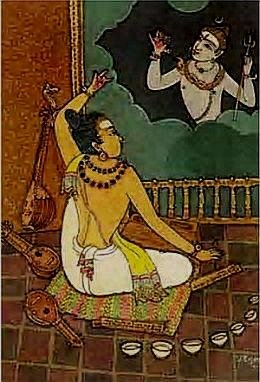
The Story of Venkatamakhi
Four hundred years ago at the doorstep of Raja Kavya Veda Patashala school, Kumbakonam, Venkatamakhi brings his magnum opus work, “Chatur-Dhadi-Prakashika” to his parents, Govinda Dikshithar and Nagalambal. With their blessings he is ready to present his work to the world. All his life Venkata had been waiting for this occasion, but first he is lost in the own thoughts. On the sad day when his prodigal brother dies, he spends all his time at the Veena, using music to fill the void his brother left.
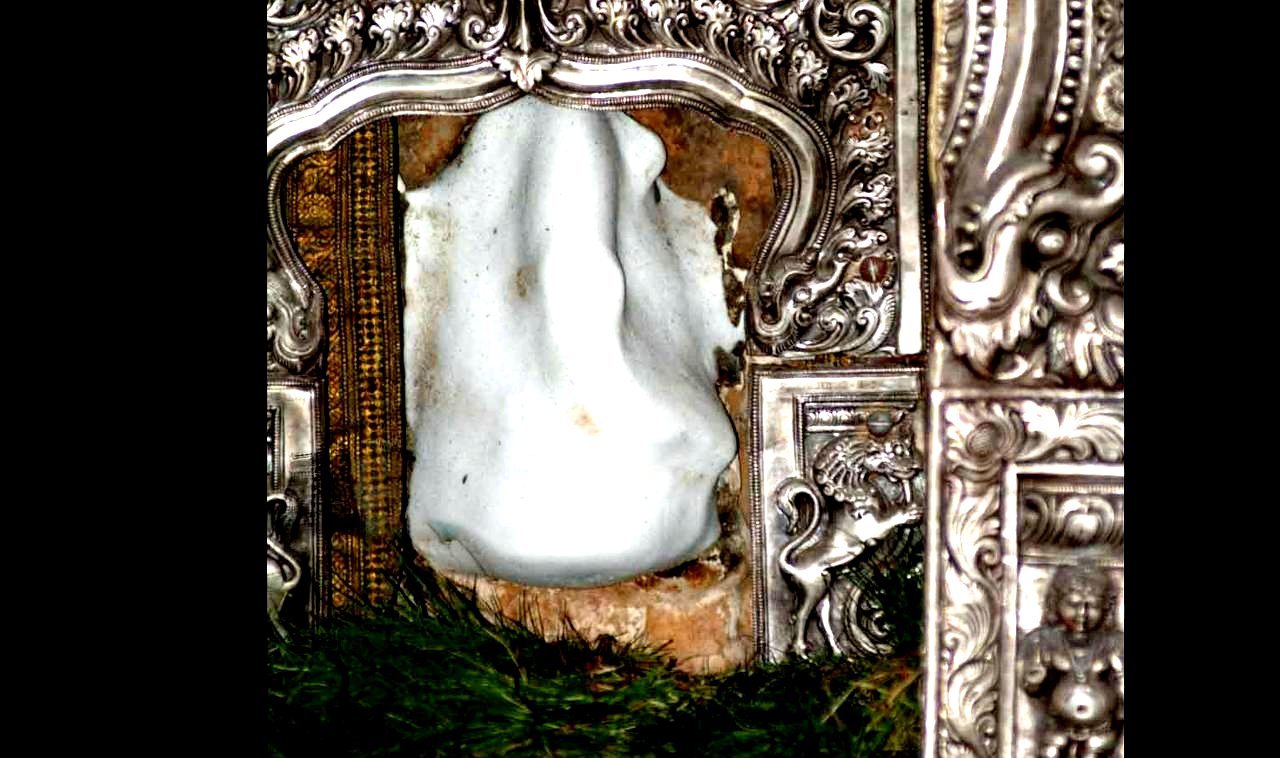
The Swetha Vinayagar
Venkata’s reverie takes him to the streets of Kumbakonam when he was just a little boy. Here processions from various temples filled him with joy. On one such procession is carried the Swetha Vinayagar from Thiruvalanchuli, Kabartheeswarar temple. This Vinayagar is white as foam made during the ‘churning of ocean’ or ‘samudra manthan’.
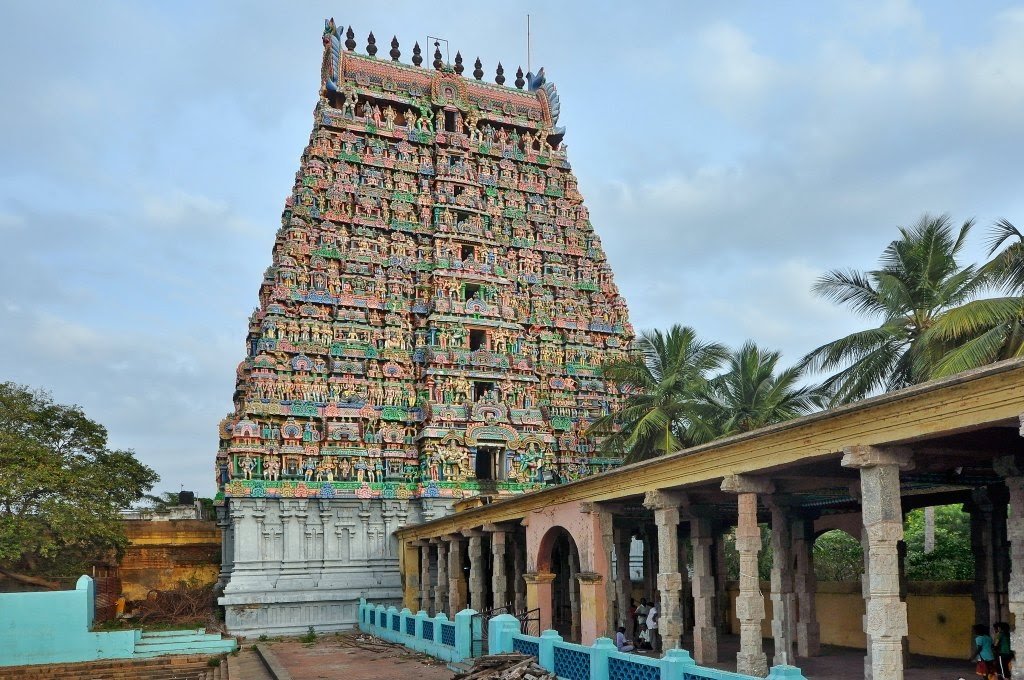
Adi Kumbeshwara
Venkatamakhim then recalls the procession from the Adi Kumbeshwarar temple. This was the temple that Sri Purandara Dasa had visited, and indeed every Dasa Kriti is a treasured piece in Venkata’s vast knowledge. The song he sings now tells the story of the temple itself. The place where Lord Shiva shot an arrow, breaking a Kumba pot, from which civilization grew.
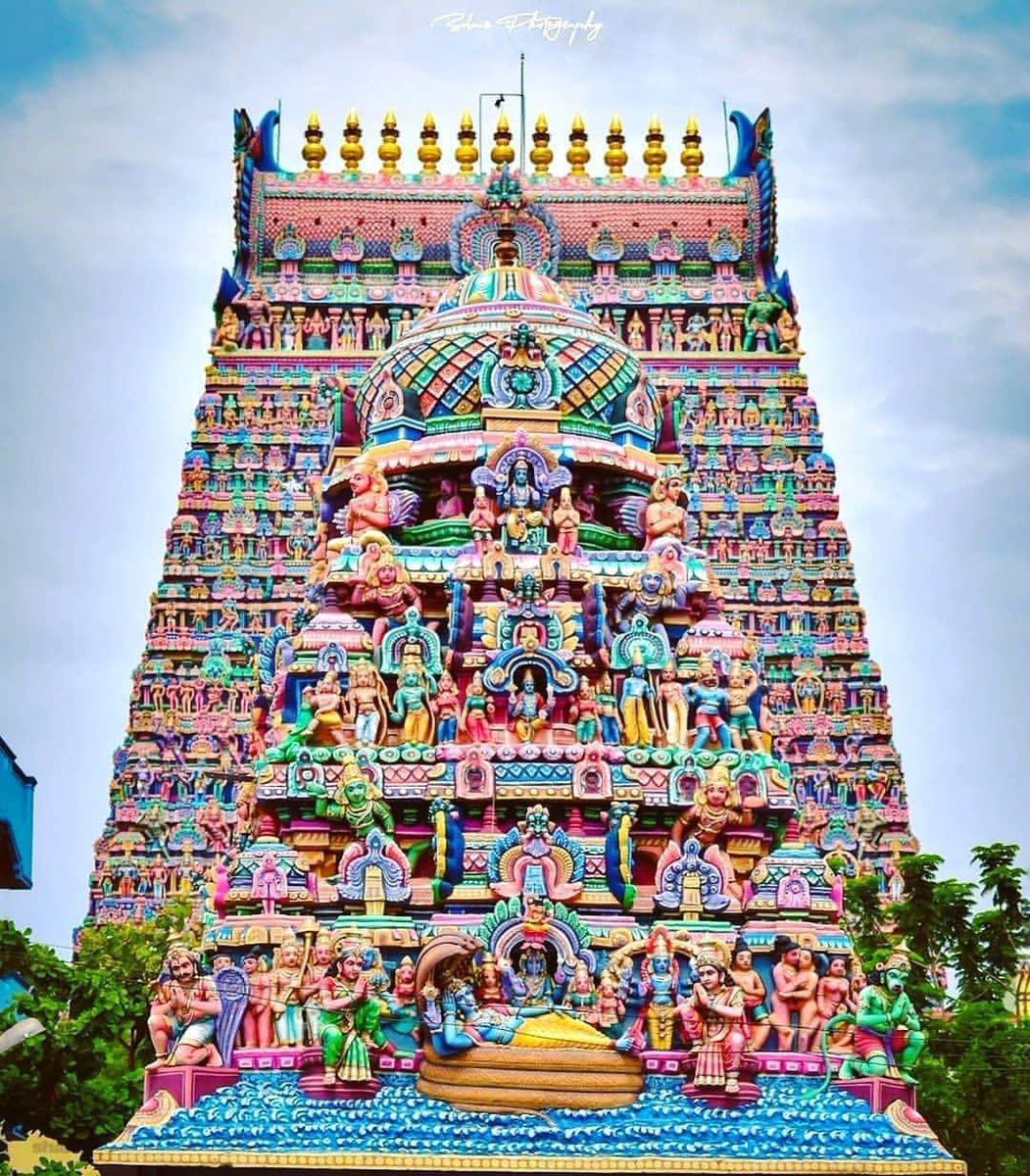
Sarangapani
From under the tallest gopuram of Kumbakonam, the Sarangapani temple, comes the procession of Maha Vishnu, or Aara Amudan. Venkatamakhim remembers gazing up at the lord…determination and diligence of Sri Lakshmi Narayana Swami.
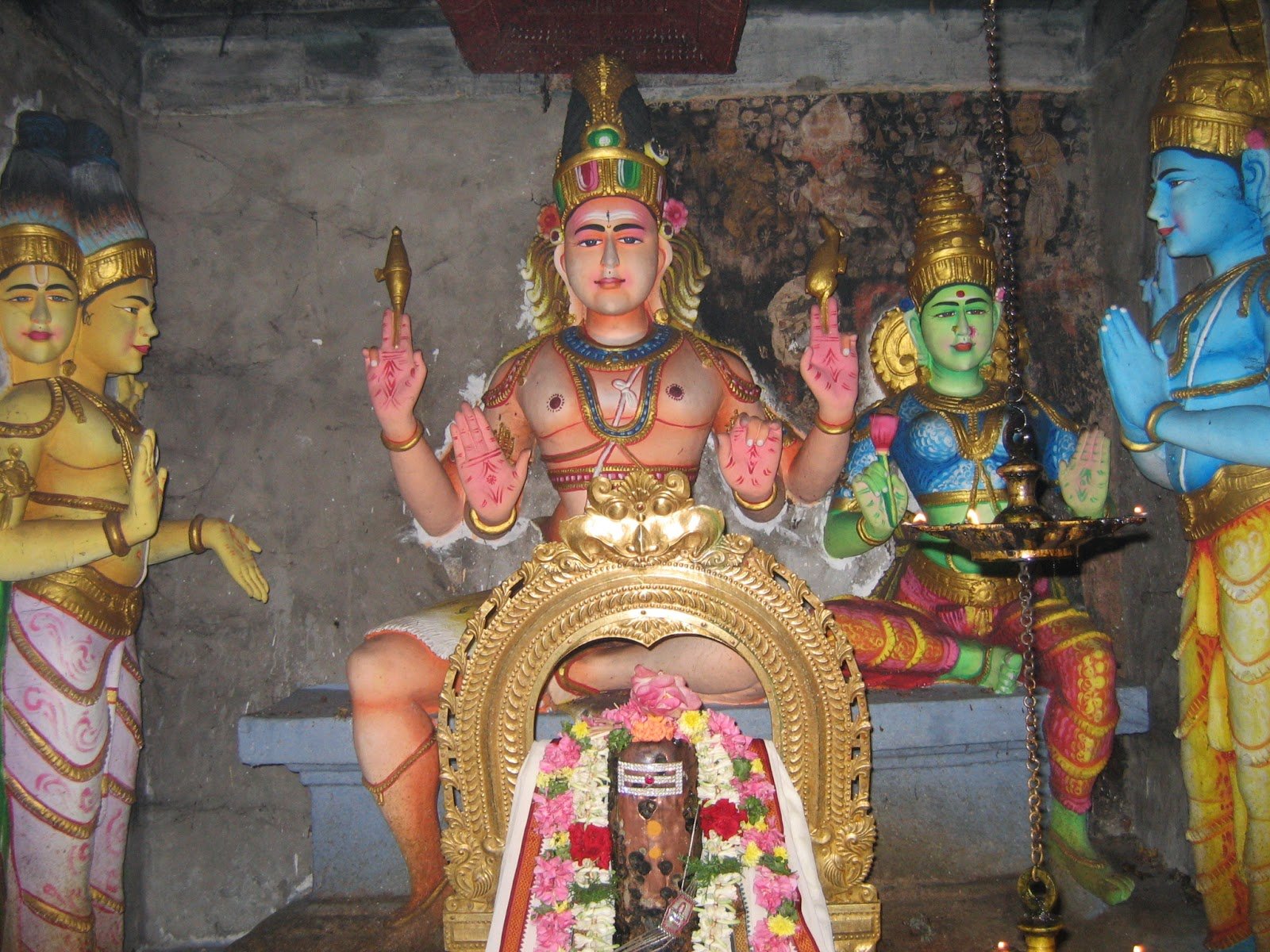
Kalyanasundareshwara
Then from Thirunallur came the procession of Lord Nataraja. This Lingam is also called Panchavarnehwara because of the changing colors. The Somaskandar murthi in this temple is his favorite deity. Venkata decides that first verse in his book, “the cathurdandi prakshika” is going to be ‘Somaskandar Upasmahe.’
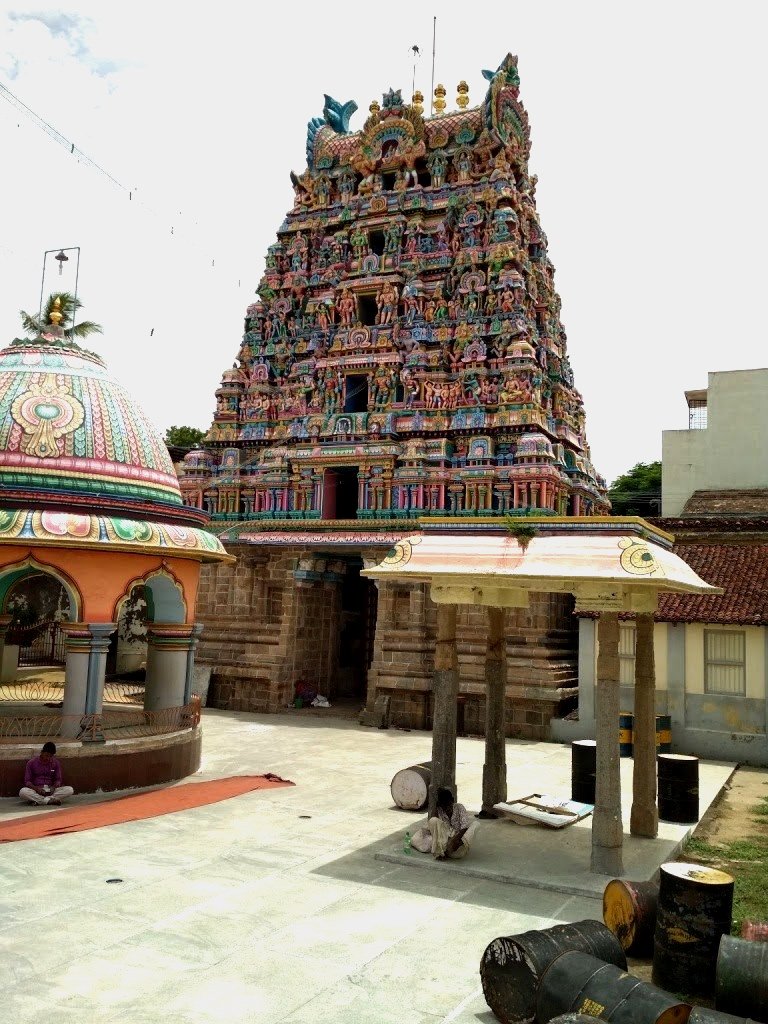
Chakrapani
In 1620 Govinda Dikshithar builds the Ramaswamy temple and makes a new high road connecting it to the Chakrapani temple. When the procession comes out on this road, Ayyan Veedhi people are jubilant. Venkata adores his father’s care for all the people of this town. Venkata knows that this quality of his father is hardest for him to emulate.








